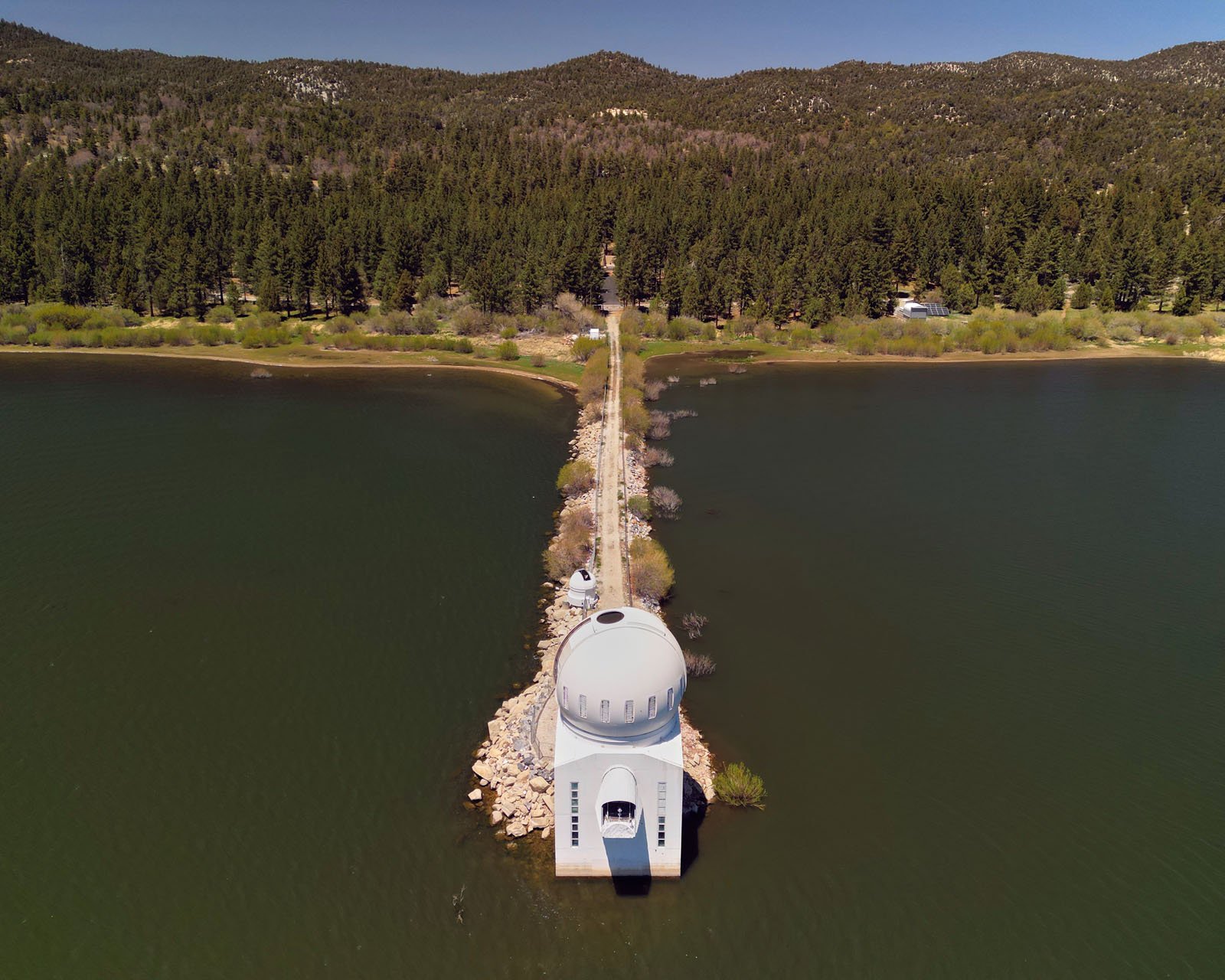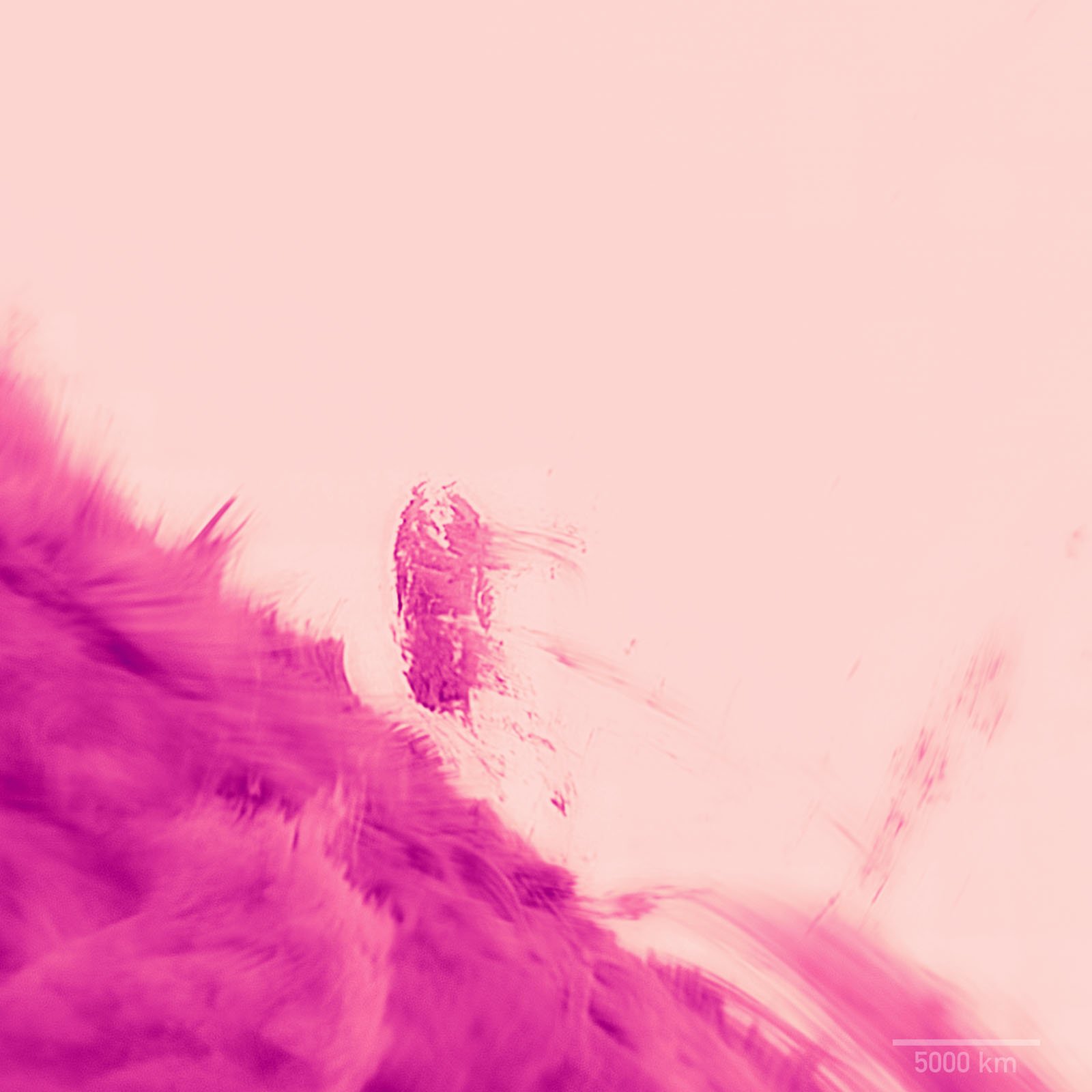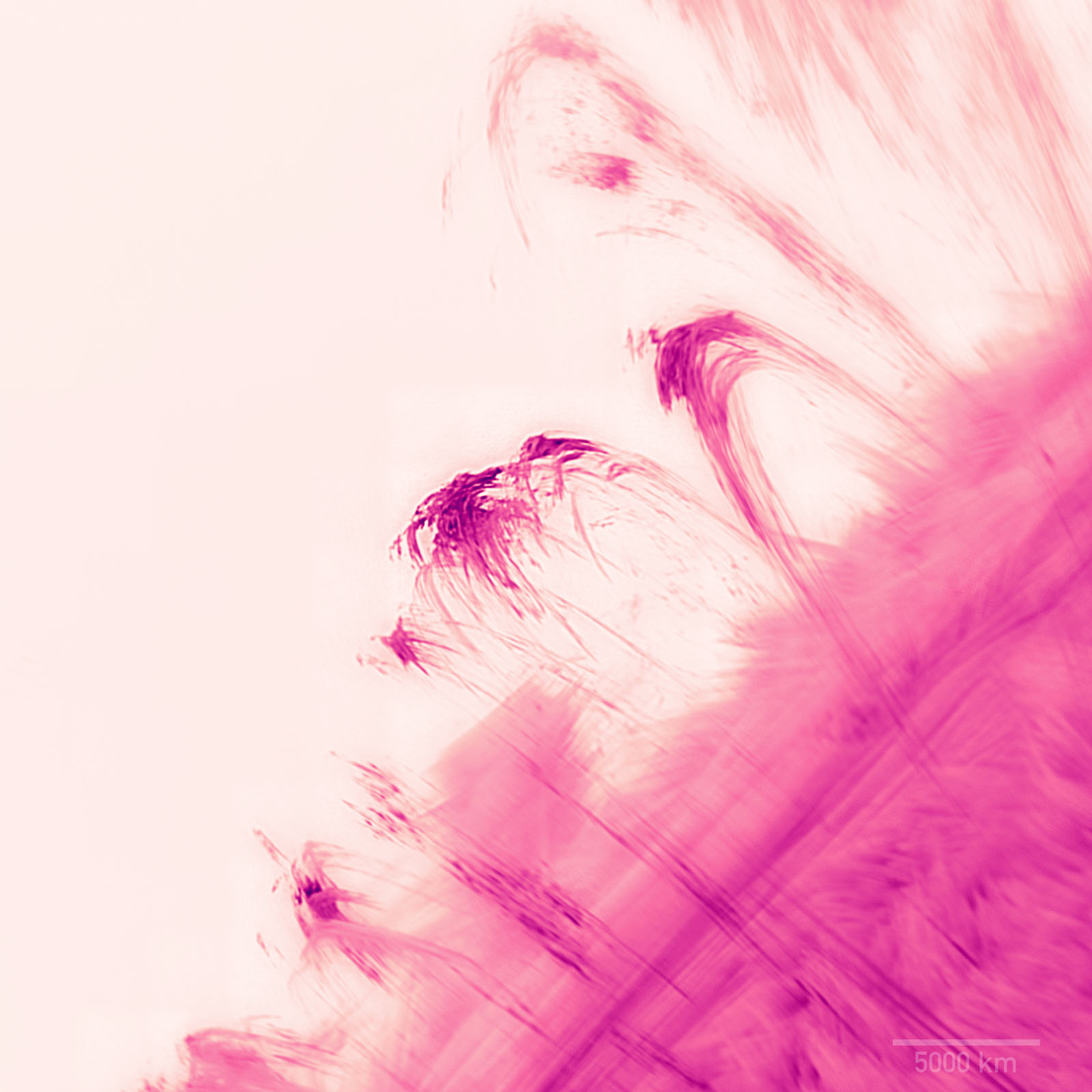Scientists Capture Sharpest Images Ever of Sun’s Corona

Scientists from the U.S. National Science Foundation (NSF) National Solar Observatory (NSO) and New Jersey Institute of Technology (NJIT) used groundbreaking adaptive optics to capture sharpest ever photos and videos of the Sun’s corona, the outermost layer of its atmosphere.
The incredible new research was published this week in Nature Astronomy and explains how the team of scientists developed a novel coronal adaptive optics system to counteract the turbulent air in Earth’s atmosphere to observe the Sun’s corona better. Atmospheric conditions have look hindered solar observations, causing images of the Sun and its atmosphere to be warped and blurry.
The new adaptive optics system, “Cona,” corrects for air turbulence in the air’s atmosphere by constantly changing its shape. The system was installed at the 1.6-meter Goode Solar Telescope (GST) operated by NJIT’s Center for Solar-Terrestrial Research (CSTR) at Big Bear Solar Observatory (BBSO) in California. This mirror “continuously reshapes itself 2,200 times per second to counteract the image degradation caused by turbulent air,” a press release explains.


The steady temperature of the water surface helps keep the air around the telescope calm, reducing the optical effects of turbulent air that degrades the telescope’s images of the Sun and that the adaptive optics further removes to achieve the maximum image detail.’ | Credit: Sergey Shumko
“Adaptive optics is like a pumped-up autofocus and optical image stabilization in your smartphone camera, but correcting for the errors in the atmosphere rather than the user’s shaky hands,” explains BBSO Optical Engineer and Chief Observer, Nicolas Gorceix.
This is not the first time adaptive optics have been used in solar telescopes. They have been in use for the past couple of decades, dramatically improving observations and studies of the Sun’s surface. However, this new research marks the first time that adaptive optics have been instrumental in enhancing studies of the corona.

‘This image was taken by the Goode Solar Telescope at Big Bear Solar Observatory using the new coronal adaptive optics system Cona. The image shows the hydrogen-alpha light emitted by the solar plasma. The image is artificially colorized, yet based on the color of hydrogen-alpha light, and darker color is brighter light.’

‘ The Sun’s fluffy-looking surface is covered by “spicules”, short-lived plasma jets, whose creation is still subject of scientific debate. The streaks on the right of this image are coronal rain falling down onto the Sun’s surface.
‘This image was taken by the Goode Solar Telescope at Big Bear Solar Observatory using the new coronal adaptive optics system Cona. The image shows the hydrogen-alpha light emitted by the solar plasma. The image is artificially colorized, yet based on the color of hydrogen-alpha light, and darker color is brighter light.’
“The new coronal adaptive optics system closes this decades-old gap and delivers images of coronal features at 63 kilometers resolution — the theoretical limit of the 1.6-meter Goode Solar Telescope,” says Thomas Rimmele, the NSO Chief Technologist who built the first adaptive optics for observing the Sun’s surface and propelled development of the new optics.

‘This image is a snapshot from a 23-minute time-lapse video which is comprised of the highest resolution
images ever made of coronal rain. The scientists show in the paper that the strands
can be narrower than 20 kilometers.
‘This image was taken by the Goode Solar Telescope at Big Bear Solar Observatory using the new coronal adaptive optics system Cona. The image shows the hydrogen-alpha light emitted by the solar plasma. The image is artificially colorized, yet based on the color of hydrogen-alpha light, and darker color is brighter light.’
The corona is an area of crucial solar study because scientists think that the structure and dynamics of the corona influence space weather, which impacts technology and communications systems on Earth. A vital part of understanding the Sun is to have high-resolution images, and thanks to the latest advancements in adaptive optics, scientists can work with the most detailed coronal images yet.
Image credits: Schmidt et al./NJIT/NSO/AURA/NSF. The related research, ‘Observations of fine coronal structures with high-order solar adaptive optics,’ was published this week in ‘Nature Astronomy’. Dirk Schmidt is the lead author, joined by Thomas A. Schad, Vasyl Yurchyshyn, Nicolas Gorceix, Thomas R. Rimmele, and Philip R. Goode.
Source link




